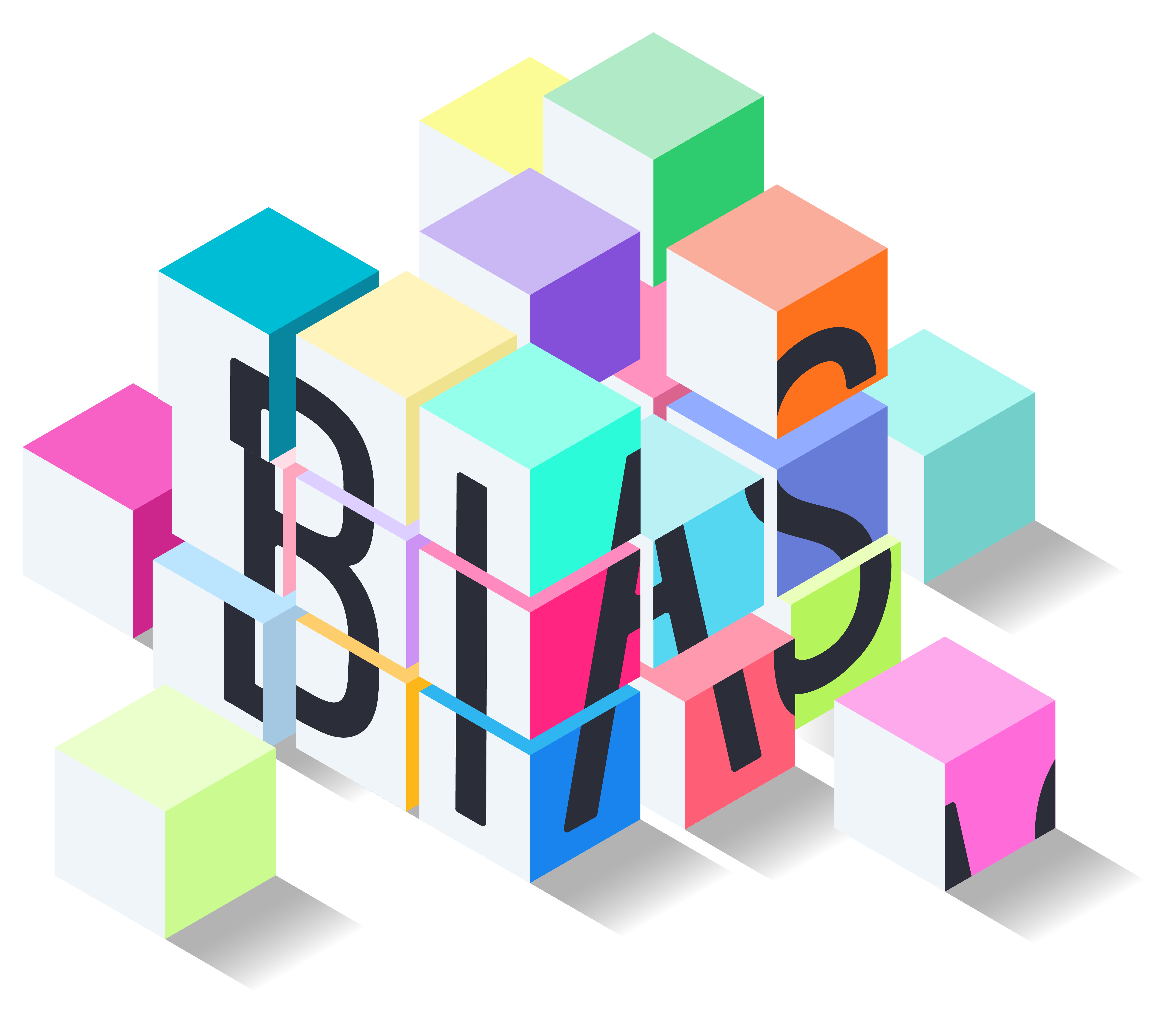
This column will provide tools and resources that you can use to help you become aware and educate yourself on the issues of equity, diversity, and inclusion. These topics can be very difficult to address and understand. The resources offered here can help you begin the journey of discovery and learn how you can play your part in breaking the cycle of racial disparities and bias that have become rooted into society, as well as biomedical research. So, let us start by discussing what defines bias.
Bias
The Cambridge Dictionary defines “Bias” as the action of supporting or opposing a particular person or thing in an unfair way, because of allowing personal opinions to influence your judgment . Some bias thoughts we are aware of, but others occur outside of our consciousness or control and are developed based on many factors. The idea that it unconsciously develops should encourage each of us to explore our own ideas and beliefs to discover if any of them are biased. This may not be easy, but it is imperative if we want to challenge and change this way of thinking.
Resources
- Implicit Bias — NIH Office of the Director Scientific Workforce Diversity
- Ways to Mitigate Your Bias By Amanda Dumsch — NIH OITE Careers Blog
- ebook - Sway: Unravelling Unconscious Bias by Pragya Agarwal — via NIH Library
- How to overcome our biases? Walk boldly toward them [Ted Talk by Diversity Advocate Vern ā Myers]
- Asplund, M., & Welle, C.G. (2018).Advancing science: How bias holds us back. Neuron , 99(4), 635-639.
